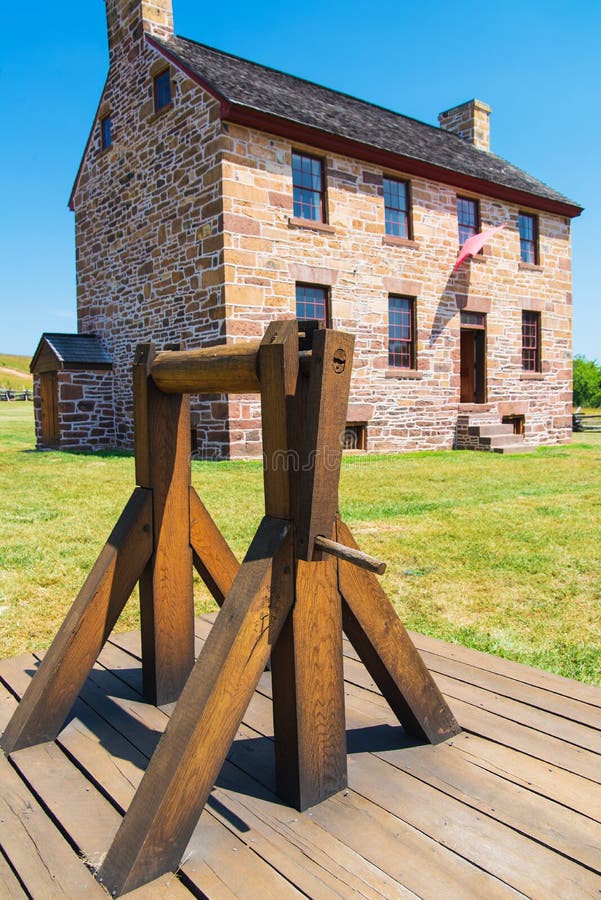Needless to say, Disney did not at all expect this kind of reaction, and they were shocked. Michael Eisner, the CEO of Disney at the time, expressed this shock in an interview with the Washington Post on June 13, 1994. He believed that most of the opposition was made up of wealthy people in DC who did not want their property to be taken away1, as economic development is also closely related to wealth and propery rights.2 Eisner had already seen success with the release of several movies such as “The Little Mermaid” and “Beauty and the Beast”, as well as the construction of the new MGM Studios Park at Disney World, and Eisner was hoping that Disney’s America would be another one of his successes. However, Eisner was dealing with a lot of other challenges that were weakening him in the fight against Protect Historic America. In July of 1994, Michael Eisner underwent a quadruple bypass surgery. During that same year, Eisner had a falling out with Jeff Katzenberg, the chairman at Walt Disney Studios at the time, who left to form the Dreamworks Studio.3 It became clear to Disney that the fight to save Disney’s America would be long and expensive, as the strategies of Protect Historic America were proving to be extremely effective and as newspaper articles and petitions calling for Disney’s America to be stopped were being written all over the country.4

At first, Eisner stood his ground and refused to back off of the project, especially since the proposed theme park had still received a lot of positive feedback from the media and the local government .5 After all, research shows that Virginia’s government was able to receive a decent amount of support for this project just by pushing the economic standpoint.6 However, Disney dropped the plan to build Disney’s America in Haymarket in September 1994 due to all the pushback they were receiving. Eisner called and told Moe himself on September 28th because the news was already starting to leak out. The initial plan was to build the theme park in a different location in Virginia, which meant that the fight was not quite over yet. People were concerned knowing that Disney could still choose a location in Virginia that could still threaten the many historical sites in Virginia, Shenandoah National Park, and DC area traffic. Local activists such as Annie Snyder were petitioning for area to become a historic overlay district, because that would limit the amount of redevelopment and commercialization that could take place there.7 However, Prince William County officials were refusing to put this in place because they did not want to stop growth in the area. Even after Disney had agreed to build their theme park elsewhere, there were still 77 million square feet zoned in Haymarket and people were still concerned about that space being used to build office buildings and roads that would block views of the historic battlefield. For the last six years, residents living in the Manassas year had already been fighting off threats of redevelopment and plans to build things like shopping malls.8

While Prince William County has experienced redevelopment since 1994, the project to build Disney’s America was eventually dropped all together.9 In a public statement Disney conceded and recognized the importance of protecting historic areas,10 but Eisner was upset that Disney’s effort to portray American history led to the perception of the Walt Disney Company being an enemy of American history. It also damaged Disney’s public relations significantly.11 Additionally, Governor George Allen and the Virginia legislature felt jilted because they had granted over $163 million to the cause, and Allen was hoping that this park would bring in millions of dollars in revenue and open up thousands of jobs which would have been a big victory for him.12

- Bailey, Charles W. “How Washington Insiders Ambushed Mickey Mouse”. The Washington Monthly, 26. Washington: Washington Monthly Company, 1994. ↩︎
- Marshall, Carl Guither. “Models of Decision: The Case of Prince William County and the Disney’s America Theme Park.” ProQuest Dissertations Publishing, 2001. ↩︎
- Bailey, Charles W. “How Washington Insiders Ambushed Mickey Mouse”. The Washington Monthly, 26. Washington: Washington Monthly Company, 1994. ↩︎
- Fordney, Chris. “Embattled Ground.” National Parks (Washington, D.C.), 68 (11). Washington: National Parks and Conservation Association, 1994. ↩︎
- Wills, John. Disney Culture. New Brunswick: Rutgers University Press (2017). ProQuest Ebook Central. ↩︎
- Marshall, Carl Guither. “Models of Decision: The Case of Prince William County and the Disney’s America Theme Park.” ProQuest Dissertations Publishing, 2001. ↩︎
- Fordney, Chris. “Embattled Ground.” National Parks (Washington, D.C.), 68 (11). Washington: National Parks and Conservation Association, 1994. ↩︎
- Fordney, Chris. “Embattled Ground.” National Parks (Washington, D.C.), 68 (11). Washington: National Parks and Conservation Association, 1994. ↩︎
- Bailey, Charles W. “How Washington Insiders Ambushed Mickey Mouse”. The Washington Monthly, 26. Washington: Washington Monthly Company, 1994. ↩︎
- Bailey, Charles W. “How Washington Insiders Ambushed Mickey Mouse”. The Washington Monthly, 26. Washington: Washington Monthly Company, 1994. ↩︎
- Bryman, A. Disney & His Worlds. Routledge (1995). Taylor & Francis Group. ↩︎
- Fordney, Chris. “Embattled Ground.” National Parks (Washington, D.C.), 68 (11). Washington: National Parks and Conservation Association, 1994. ↩︎

